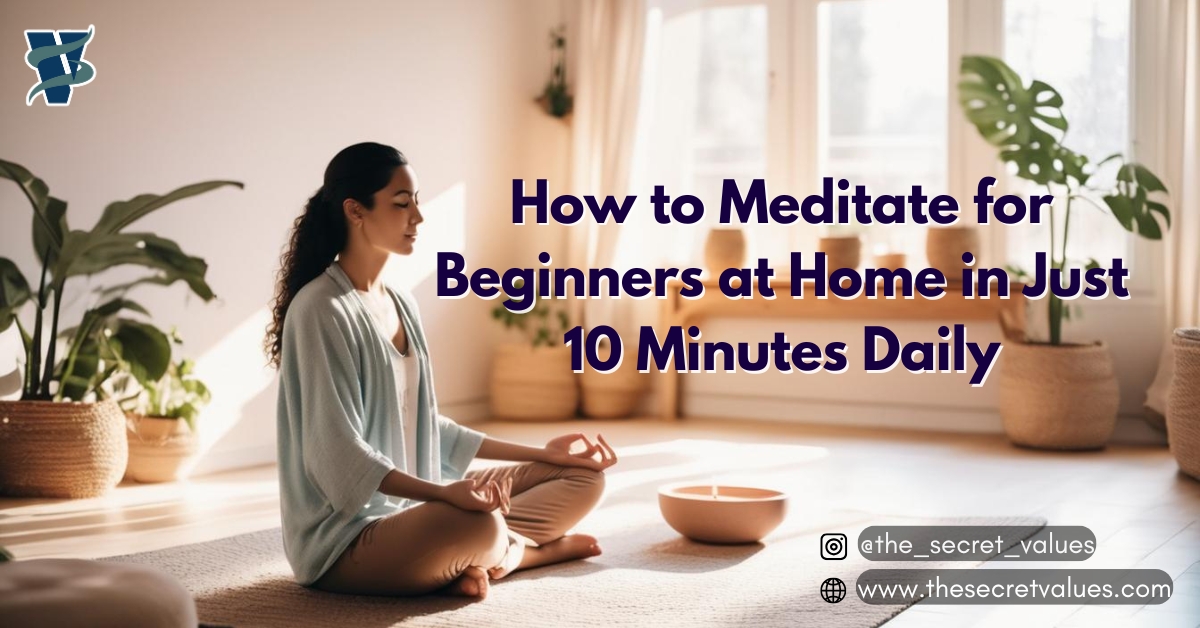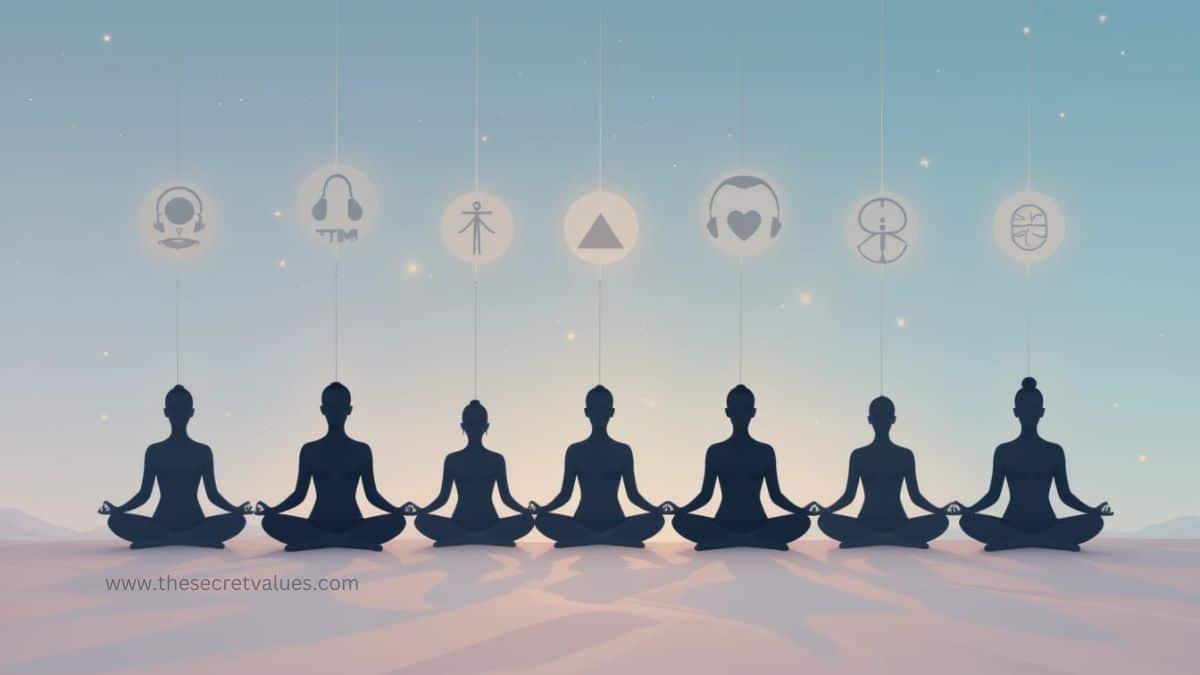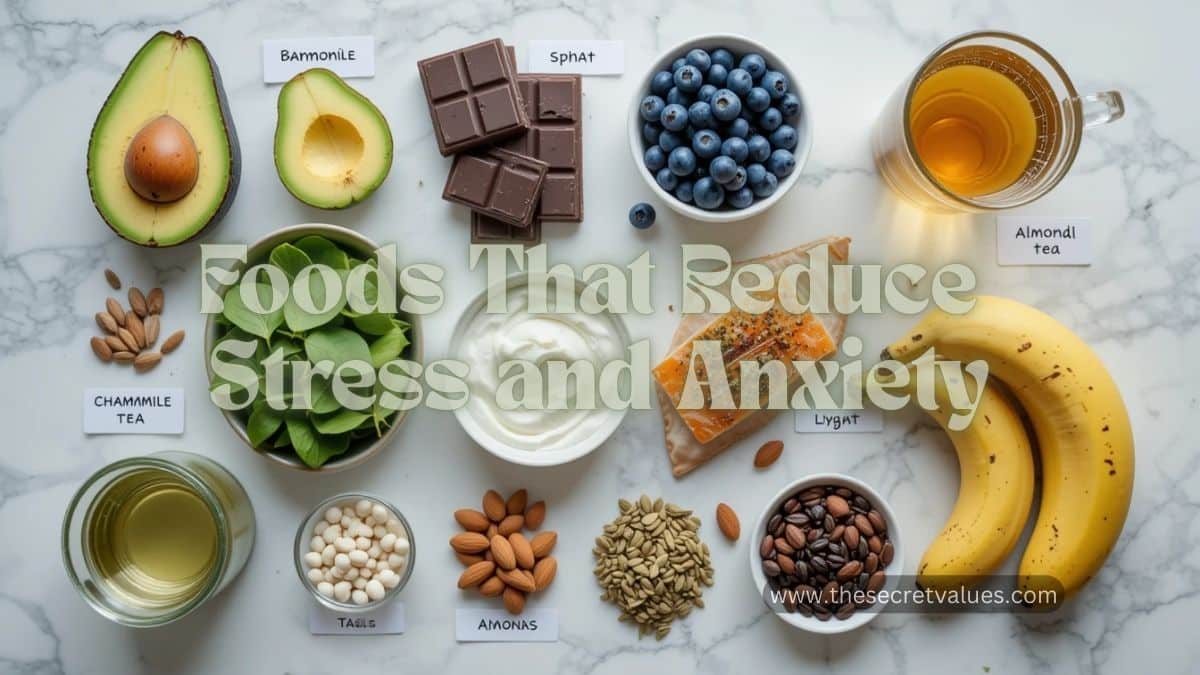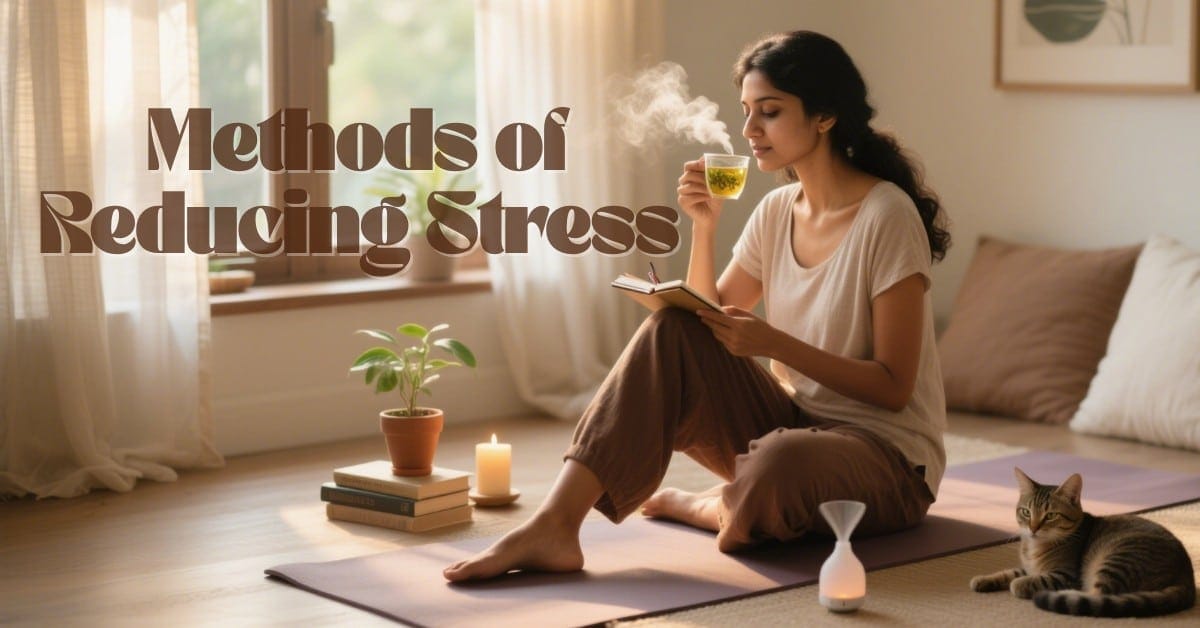Introduction to Meditation
Meditation is a simple but effective exercise that anyone can start at home to reduce stress and improve mental clarity. It might seem challenging for beginners, but with just a few simple steps and 10 minutes per day, you can make it a part of your daily routine.
In this guide on how to meditate for beginners at home, we’ll explore straightforward techniques that help calm your mind, boost focus, and create a sense of inner peace. Whether you’re looking to manage stress or find balance in your busy life, meditation can be your go-to solution, from the comfort of your home.
What is meditation
all about? At its core, meditation is a practice where you use techniques such as mindfulness or focusing the mind on a particular object or thought to train your focus and awareness to achieve mental clarity and emotional calmness.
Benefits of Meditation
Beyond the zen vibes, meditation offers a treasure trove of health perks. From lowered stress levels to boosted emotional health, the benefits of meditation are transformative. Meditation is similar to a mental workout that strengthens our brain’s focus and concentration muscles.
Why Start Meditating at Home
Venturing into meditation doesn’t require a trip to a remote mountain monastery.
Why start meditating at home?
The answers are comfort and convenience. Meditating in your own space removes judgment, making it a personal experience tailored to your needs.
Establishing a Routine
There’s a certain magic in consistency. Setting a regular meditation time at home anchors your hectic day with a period of stillness. Establish a routine that your mind and body will appreciate over time.
Understanding the Basics of Meditation
The first steps into meditation start with setting the scene. Think of it as the opening chords of a beautiful symphony. Search your home for that perfect nook where tranquility resides. Dim the lights, and invite in some nature sounds or a scented candle.
Finding Your Optimal Time
Morning bird or night owl—when is your brain at its sharpest or most relaxed? Discovering your optimal meditation time is key. Some find solace in starting the day with clarity, while others prefer winding down with meditation during twilight hours.
How to Meditate for Beginners at Home
So, how to meditate for beginners at home? Let’s demystify the steps. Start by preparing your mind and space. Wear comfortable clothes and clear away any clutter—or, as I like to say, make room for your mind by making room around you.
Simple Steps for Home Meditation
Ready to jump in? Let me guide you through a simple routine:
- Sit comfortably: You don’t need lotus pose perfection; sit naturally.
- Close your eyes: Let the external world fade away.
- Focus on your breath: Feel the inhale and exhale like waves caressing the shore.
- Start with 5-10 minutes, increasing as your comfort grows.
Choosing the Right Meditation Technique
When you see your favourite pair of shoes that fits you, it’s like finding the correct technique. These include mindfulness meditation, during which you maintain awareness of your body and mind without judgment throughout your session, and focused attention meditation, where you focus on one point (this could be a sound or a scene) throughout your meditation.
How to Meditate at Home with Guided Sessions
Don’t go at it alone! For beginners, meditation at home guides can start with a guided session. Visual and audio guidance — whether through online resources or apps like Headspace — also seems to be very useful to many.
Benefits of Guided Meditation
Guided meditation offers an entry into the world of meditation by providing structure. Like training wheels on a bicycle, they support you until you gain confidence.
Creating Your Meditation Environment
Revamping your meditation environment isn’t just about aesthetics. It’s an invitation to peace. The value of a peaceful, distraction-free environment allows you to descend into the depths of meditation and emerge rejuvenated.
Using Accessories and Tools
Blankets, cushions, or even meditation tools like Tibetan singing bowls can enhance your meditation experience. Think of them as props, enhancing the meditation scene you script daily.
How does meditation relieve stress?
How does meditation relieve stress? It sounds almost magical, but science supports it. Meditation changes the brain state from the busy beta waves to the tranquil alpha or even theta waves and brings about a relaxation response.
Long-term Benefits
Over time, meditation can recalibrate your entire response system to stress. Envision a river gradually widening and deepening its channel; meditation helps your mind become more resilient.
Overcoming Common Meditation Challenges
Every beginner faces hiccups in meditation. Whether it’s restlessness or distractions, know you’re not alone. Start by acknowledging these moments and practice returning to your breath.
Staying Motivated
Sticking to meditation is like cultivating a garden—it requires regular care. Celebrate those little victories of consistent practice and remind yourself of the why behind your meditation journey.
Progressing in Your Meditation Practice
It may be time to move onward once you have the basics. Slowly increase your meditation duration, setting small, achievable goals that challenge yet don’t frustrate.
Exploring Advanced Techniques
Advanced techniques might include transcendental meditation or loving-kindness practices. Each unfolds deeper layers of mind and experience, much like peeling the layers of an onion.
How to Incorporate Meditation into Daily Life
Meditation doesn’t end when you open your eyes—practice incorporating it into daily life. Consider mindful walking, eating, or even house chores as meditation beyond sitting.
Building a Habit
Building a meditation habit is like laying bricks to construct a resilient wall. Effort stacks over time until meditation becomes as natural as brushing your teeth.
The Science Behind Meditation
Science loves meditation, too. Studies on meditation benefits reveal its impact on reducing ageing processes in the brain and improving overall emotional health.
Meditation and Brain Health
Meditation nurtures brain plasticity, improving cognitive function well into old age. Think of it as mental gymnastics that keep the brain agile.
Stories from Notable Meditation Practitioners
Inspiration abounds from influential figures like Oprah Winfrey, who credits meditation as a key to her success. For many, it is a practice and a journey to uncover their true selves.
Personal Transformation Stories
Stories of personal transformation through meditation paint a vivid landscape of its potential—a canvas coloured with empathy, resilience, and profound peace.
Evaluating Your Meditation Journey
Pause occasionally to reflect on your progress. Journaling tracks your experience and recognises personal growth, highlighting changes that meditation invites into your life.
Resources to Further Your Practice
Deepen your meditation journey with books and courses from experts such as Jon Kabat-Zinn’s Mindfulness-Based Stress Reduction program.
Community and Support
Connect with meditation communities online and in person. The tour inspires people with new ideas to upgrade their practice.
Conclusion
Embarking on your meditation journey may seem daunting, but taking small, consistent steps opens up a world of peace and stress relief. With just 10 minutes a day, you can transform your life. Start with simple practices at home, explore different techniques, and let yourself grow on this journey.
FAQs
- How can beginners start meditating at home? Beginners can begin to set a quiet space, focus on breathing, and be guided into starting the practice using guided sessions.
- What time of day is best for meditation? The morning and evening are popular because of fewer distractions, but the best time is when you feel most relaxed and can commit regularly.
- How does meditation reduce stress effectively? Meditation triggers the relaxation response in the brain, lowering stress chemicals and encouraging a sense of calm over time.
- Can meditation be done in noisy environments? While a quiet space is ideal, you can learn to meditate amidst noise by focusing inwardly and tuning out distractions with practice.
- Is there an optimal duration for meditation sessions? Start with 5-10 minutes daily and gradually increase as you become more comfortable with the practice, aiming for 20-30 minutes as you progress.







